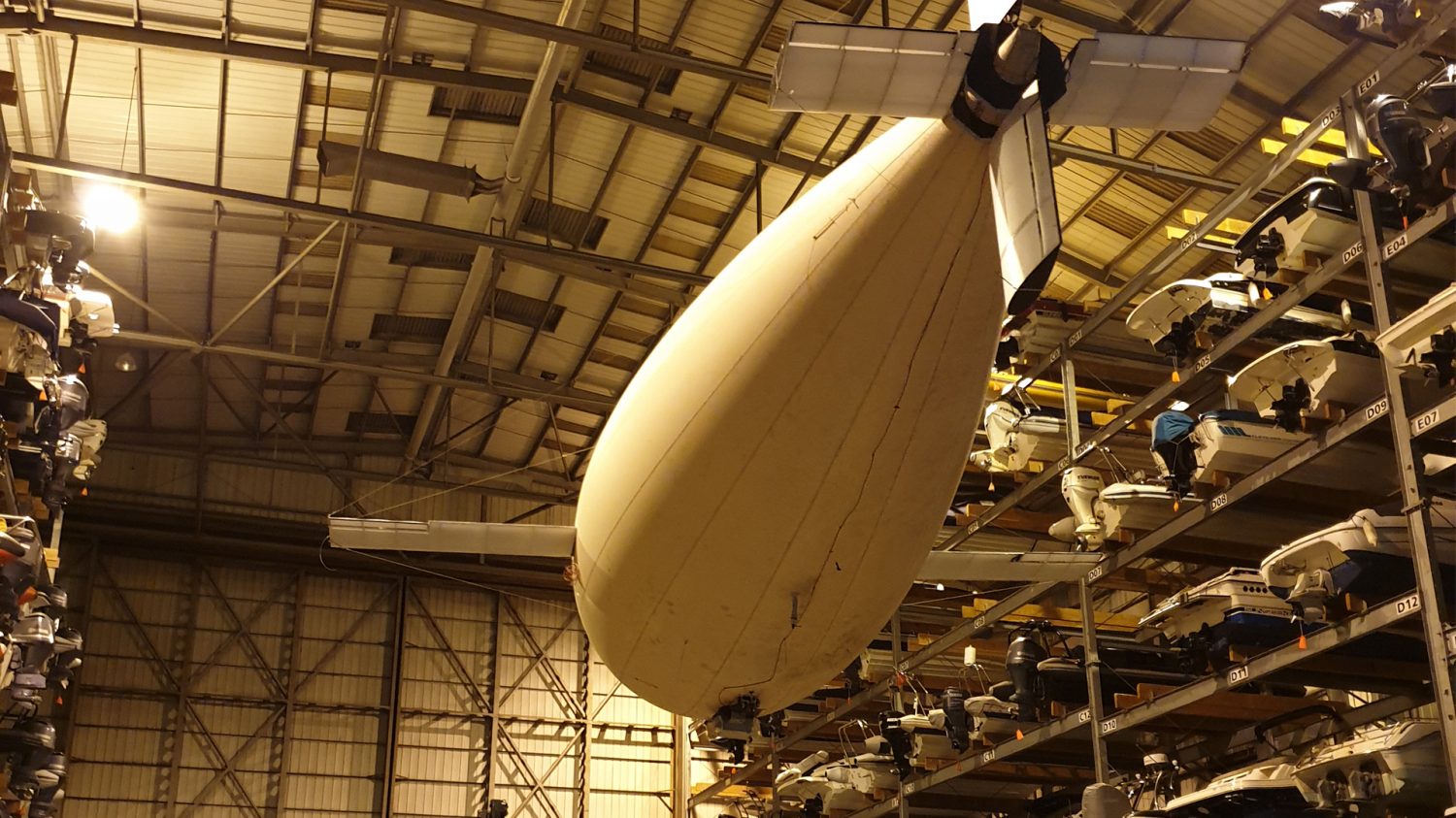The autonomously-controlled Phoenix aircraft has undergone successful test flights and has the potential to take the lead in the development of affordable pseudo-satellites.
Pseudo-satellites are able to fly, remotely-controlled or autonomously, at very high altitudes for long periods of time — often months. The platform can fly above commercial aircraft routes and above turbulence and moisture. They complement conventional satellites and can be used for earth-mapping, scientific observation and intelligence gathering.
The 15 metre-long Phoenix spends half its time as a heavier-than-air aeroplane and the other as a lighter-than-air helium balloon. The repeated transition between these two states provides it sole source of propulsion.
Phoenix has been developed by a consortium of industrial partners, universities and members of the High Value Manufacturing Catapult. From the Catapult centres, in addition to CPI, there were the advanced production systems group at the MTC, and the National Composites Centre. University partners included the universities of Bristol, Newcastle, Southampton, Sheffield and The University of the Highlands and Islands. Finally the industrial partners were: Banks Sails, Stirling Dynamics, IQE and TCSMicropumps.
The energy needed to power the pumps, actuate the valve, and move the flight-control surfaces is provided by a rechargeable battery which, in turn, is supplied by an array of lightweight, flexible solar cells distributed on the upper surfaces of the wings and horizontal tail. CPI played a key role in building and integrating the solar arrays into the aircraft, as well as leading the consortium.
The fuselage is made from a vectran-based woven material and contains ~120m3 of Helium, providing buoyancy sufficient to make the complete vehicle lighter than air and ascend like a balloon. Within the fuselage is a separate air bag of 6m3 capacity. Pumps located at the mouth of this air bag can inhale and compress air from outside and thereby add weight (without altering the displacement) sufficient to overcome the buoyancy. This transition to heavier-than-air flight allows the aircraft to descend like a conventional aeroplane. The release of the compressed air returns it to a lighter-than-air configuration and the process is repeated. The forward inclination of the lift/buoyancy vectors with respect to the flight path, and the expulsion of the compressed air through a rearward facing vent, provide a thrust force that propels the aeroplane forwards without need of any other form of propulsion.
The prototype aeroplane was flown successfully and repeatedly during indoor flight trials in March 2019 under the command of a fully autonomous flight control system over a distance of 120m (the length of the Drystack facility, Trafalgar Wharf, Portsmouth used for the trials) making approximately five transitions in each flight. The fuselage retains its rigidity through internal pressure and the structure of the flight surfaces uses carbon-fibre sandwich panels for the ribs, carbon-fibre spars and a lightweight skin. The wings house a pair of ailerons and the cruciform tail includes pairs of rudders and elevators. A reversible hydrogen fuel cell has been developed to augment the power system on future versions.
CPI technology manager Phil Hollis said ‘’having so many partners in an Innovate UKproject was a fantastic experience and a great opportunity to learn all aspects in cutting edge aerospace technology’’.



















